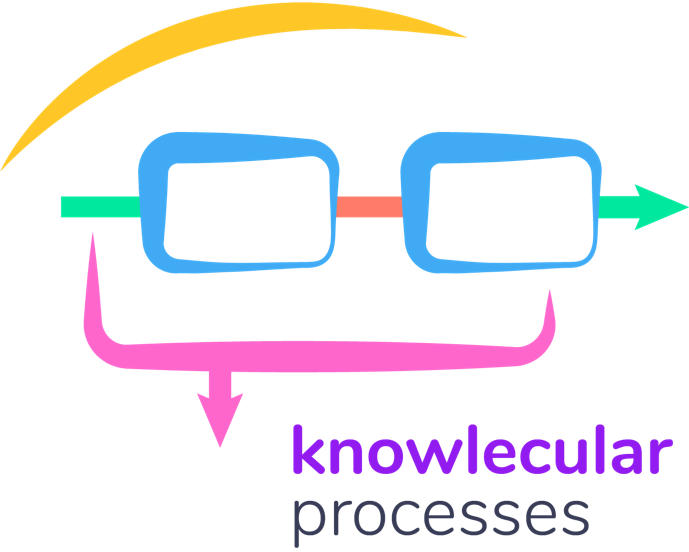“Keeping the line moving” in innovation.
“Keeping the line moving” in innovation.
Darrell Velegol, PhD
2023aug31
In Moneyball (book and movie), Michael Lewis described the strategy used by the Oakland A’s to pull together a good-great baseball team with little money. A key question became “Does he get on base?” If the player made outs less frequently, they “kept the line moving” around the bases, improving the probability of scoring runs and so winning games.
What’s the concept here? How valuable is “keeping the line moving”? We can estimate it using probability thinking, and I call it “probabilistic value”. If a player has a higher probability of getting on base (On base percentage, or OBP), they’re moving themselves and other runners forward, and scoring runs ultimately. Probability thinking is critical -- I believe CENTRAL -- to the innovation enterprise. We can estimate the “probabilistic value” of any increase in probability, whether small or large.
EXAMPLE: Let’s say you have an innovation project that you estimate has a present value total cost of $2 MM, a present value gross revenue of $10 MM, and a p = 40% probability of success. If something happened to make p = 41% instead of 40%, what is the change in probabilistic value? Calculations show a probable increase in profit of $30,000! If you had p = 45%, the increase would be $158,000.
The leader asks, yes, but what if our numbers are off? Then it turns out that such probabilistic value estimates are even MORE important! Otherwise you’re gambling blindly! The leader then asks, “What about seed projects?” The concept of “probabilistic value” gives a precise way to evaluate whether to proceed after a 6 month or 12 month trial. You can plant a number of relatively low-cost seeds, and measure which ones “grow” enough probabilistic value for you, long before they are launched in the marketplace.
In short, the use of probability thinking to rigorously assess the value of innovation provides a path to making decisions today in innovation budgeting.
